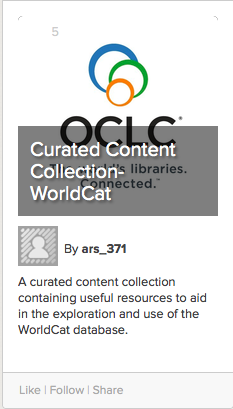When I came to this class the first day, I was apprehensive. As I’ve stated numerous times, I’m not technology-driven. On a discussion board post for LIS 600, I mentioned that I generally only adopt new technology if it a) significantly improves something I’m already doing or b) enables me to do something I already wanted to do, but couldn’t. Although that’s still more or less my approach in my personal life, 635 has really expanded my ideas of what technology can do in my professional life.
The “practical” things we’ve learned (specific apps and websites, for instance) have been very helpful, but at least for me, the more important take-away has been that learning new technology embodies the lifelong learning I hope to encourage in my future students. I may decide a particular app isn’t useful in my media center, but learning the app allows me to make a more informed decision about its usefulness and expands my general professional knowledge base. Moreover, the more varied my technological knowledge, the easier it will be for me to learn unfamiliar technology (kind of like languages–by the time you’re fluent in several, the others aren’t as difficult to pick up as the first new language). Although this particular piece of technology may not be immediately useful, the principles I learn from it may.
That’s where a lot of the assignments have been helpful. I may never teach WorldCat to elementary school students, but I can definitely use the skeleton of the lesson plan, with its flipped segment, for other topics. I can use tools students (and possibly parents) are already familiar with (like Pinterest and YouTube) to expand their ideas of how they learn. I can also convey these avenues of learning to teachers in my school, with the background of having used it myself, which enables me to expand outside of the media center and become a more integral part of the school.




Recent Comments